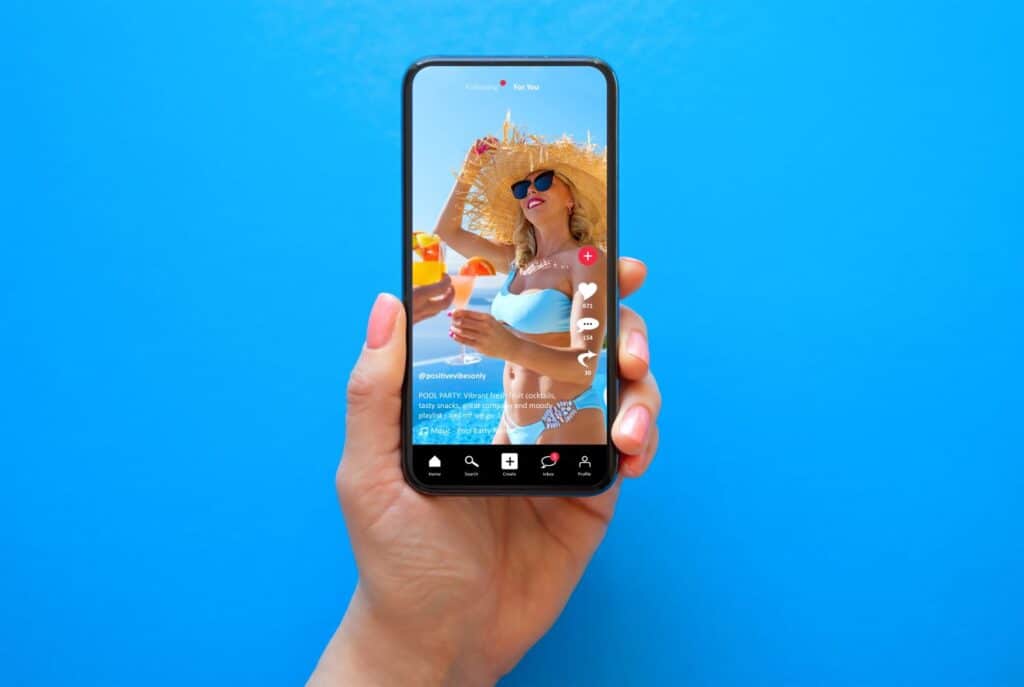TikTok and Instagram videos that present unattainable physical appearance standards are harming young women’s body image, with the impacts being worse when the content is perceived to be unedited and natural.
A new study from the University of NSW, published in the journal Body Image, suggests the exposure to short form, “appearance-ideal content” videos on social media is having a negative impact on body image.
“Appearance-ideal content can pressure women to look a certain way that is unrealistic or completely unattainable,” says Dr Jasmine Fardouly, senior author of the study from the School of Psychology at UNSW Science.
“We know this starts early, with girls as young as six reporting unhappiness with their bodies, desires to look thinner, and even dieting to lose weight. Social media isn’t the only place where these appearance ideals are promoted, but there is a lot more opportunity to internalise them through the platforms.”
Researchers showed over 200 young women, aged 17 to 28, images or videos from influencers on Instagram and TikTok that reflected appearance ideals and then surveyed the participants on body image measures.
According to the lead author of the study, Jade Gurtual, the results showed that appearance-ideal short form video content on social media can have adverse effects on appearance satisfaction, negative mood, and self-objectification.
Participants made the same amount of “upward appearance comparisons” whether they viewed a photo or video, meaning they judged themselves as less attractive, which negatively impacted their mood and body dissatisfaction.
“The total exposure time was only like a minute and a half, and we found that was enough to have harmful impacts,” says Dr Fardouly.
“That was just in a lab-based setting, so it’ll be interesting to measure the impact of exposure over the long-term and whether that has some cumulative effect.”
According to the study, “appearance ideals” are the social expectation we have about how we should aspire to look. This is often a narrow representation of physical appearance, and can include attributes like long legs, toned stomachs, large eyes, full lips and blemish-free skin.
Social media, especially TikTok, can be a very appearance-focused environment, and appearance ideals are often amplified through the use of editing techniques, including face and body filters, many of which are hard to detect.
“If appearance-ideal video content is perceived as unedited and enhanced when it in reality is, then users may be more likely to engage in negative social comparisons and internalise the appearance ideals,” Gurtala said.
“So, viewing ideal video content may be more harmful than viewing ideal image content for some users.”
What can be done?
The study found that participants were generally spending 2-3 hours a day on social media, and suggested that reducing screen time and diversifying the type of content consumed may be helpful strategies to reduce exposure to harmful appearance-ideal content.
“There’s also a role for the platforms, which can have very pervasive algorithms that promote appearance ideals and keep users engaged, to help expand the range of content shown to users in their social media feeds,” Gurtala said.
The researchers also noted that further research is needed to determine if there are any positive effects of viewing short-form video content featuring diverse and unedited body content.
“Some evidence suggests image-based content that challenges these beauty ideals and promotes body positivity, body function, and body acceptance help to make social media a less harmful environment for body image,” Dr Fardouly said.


